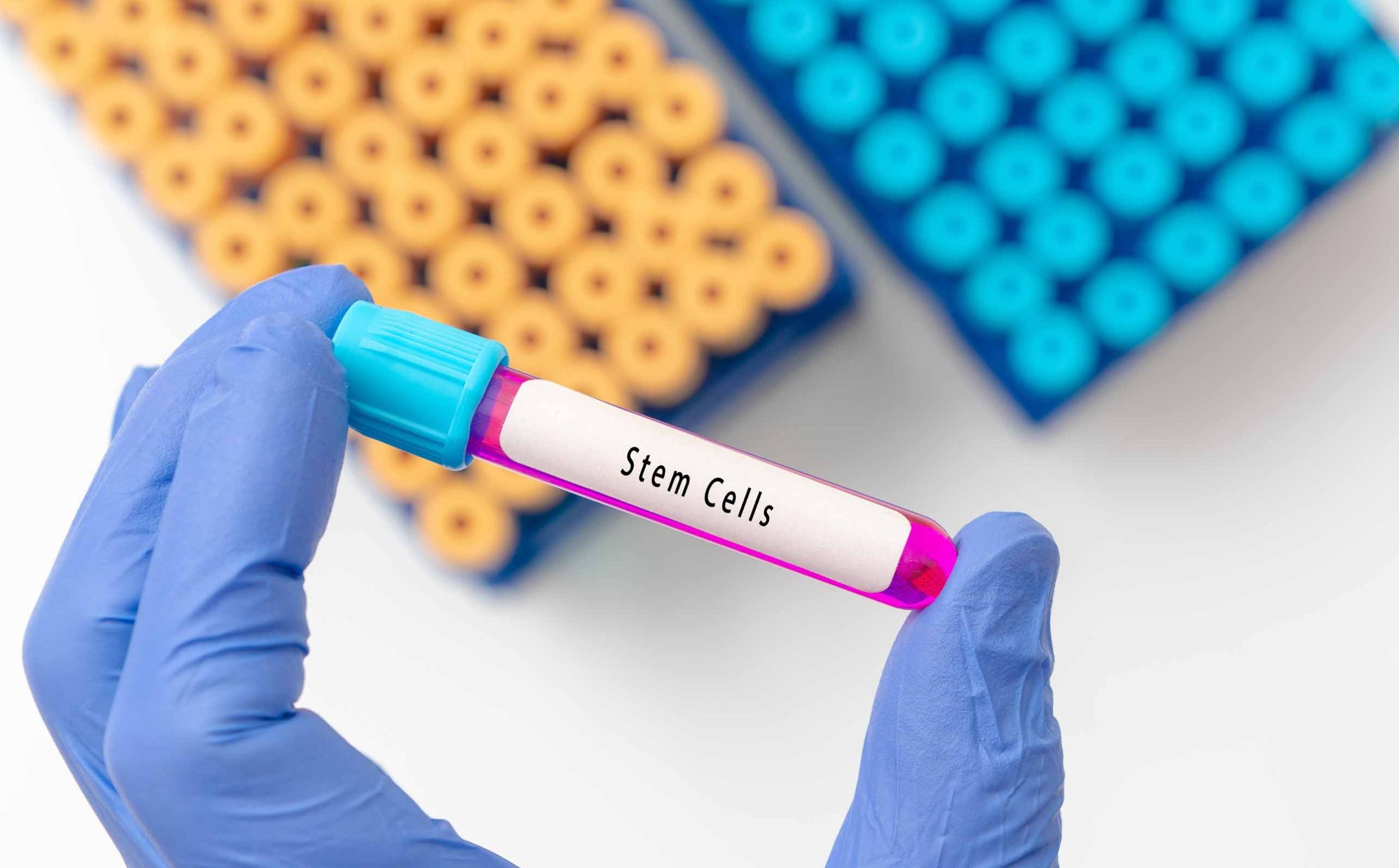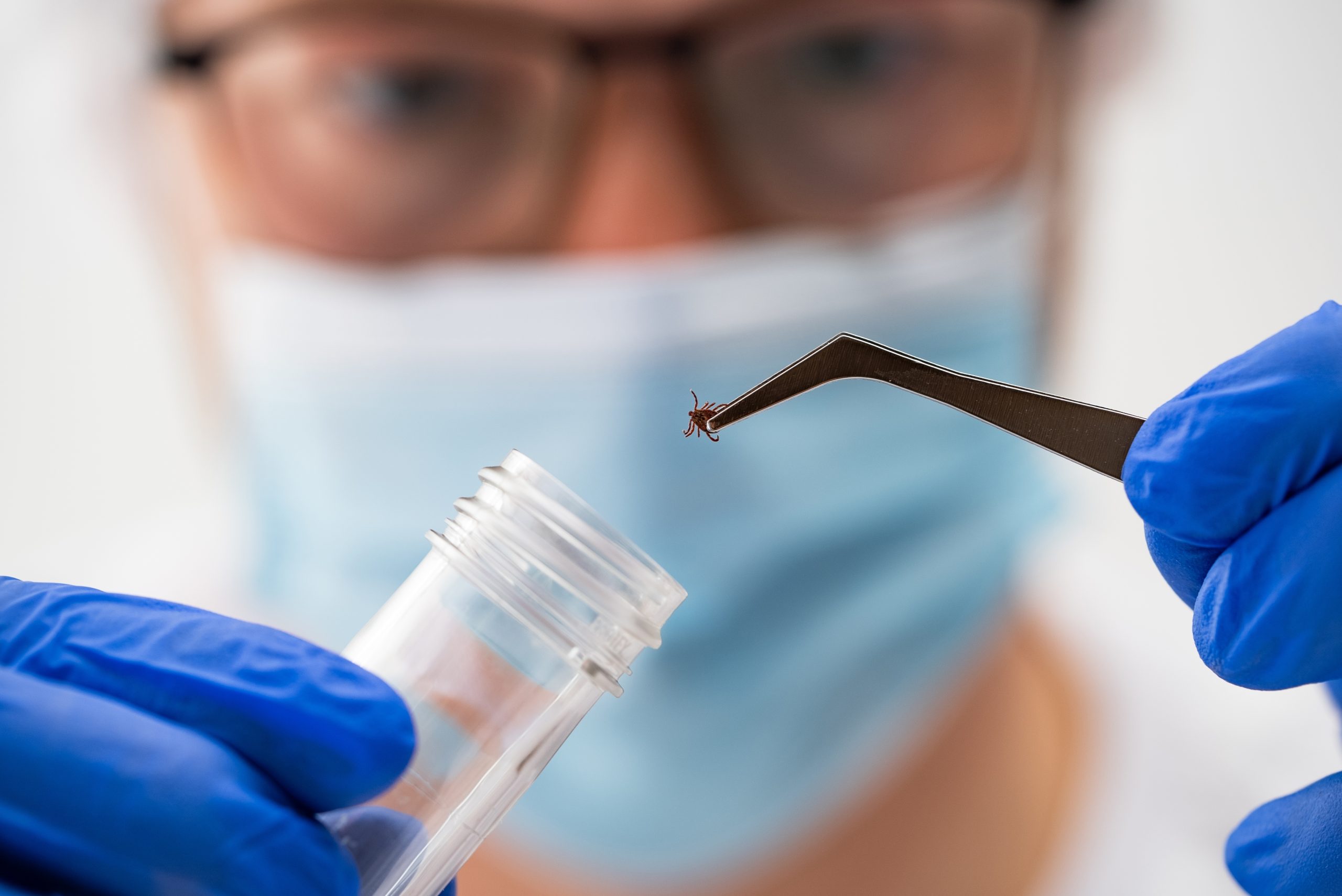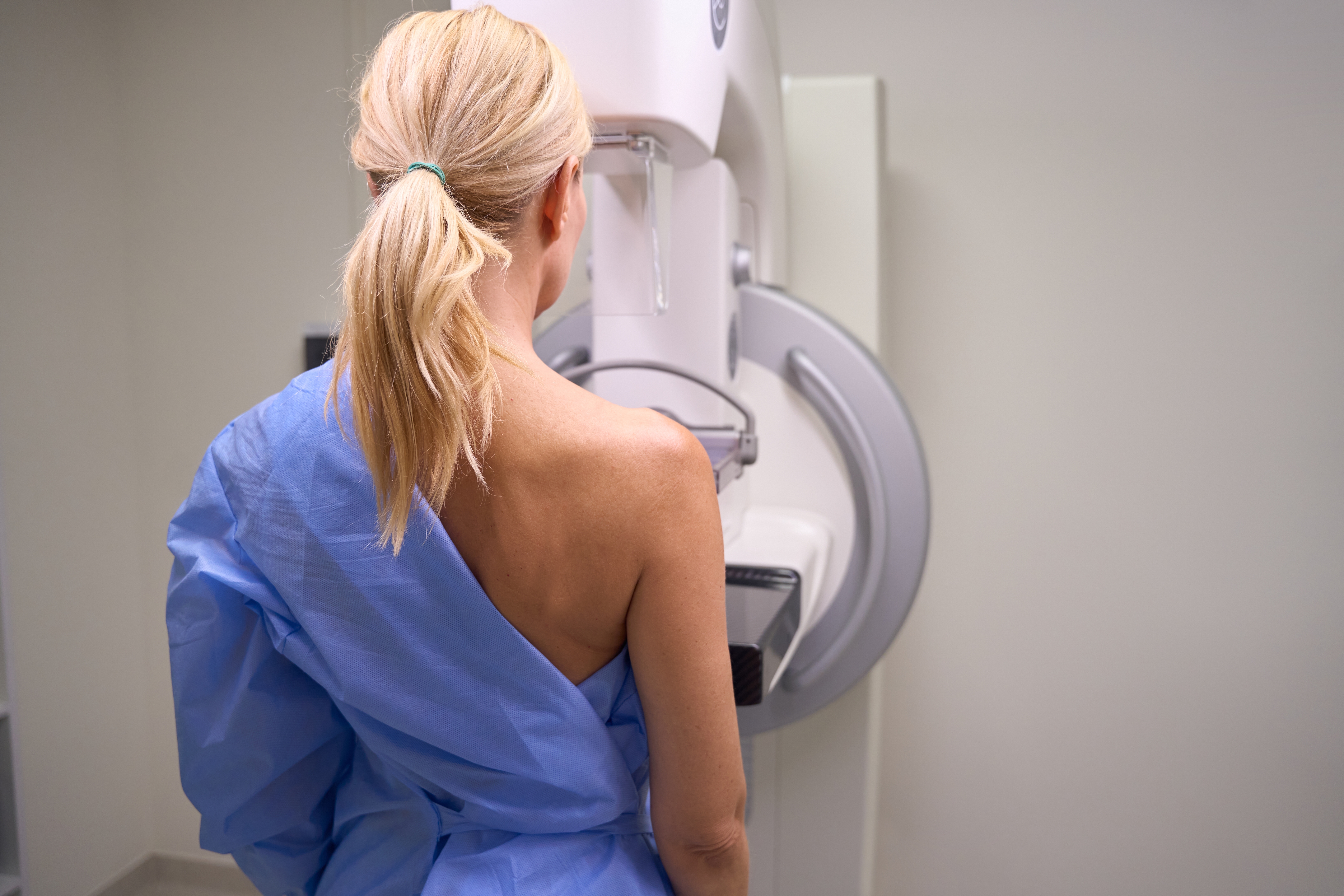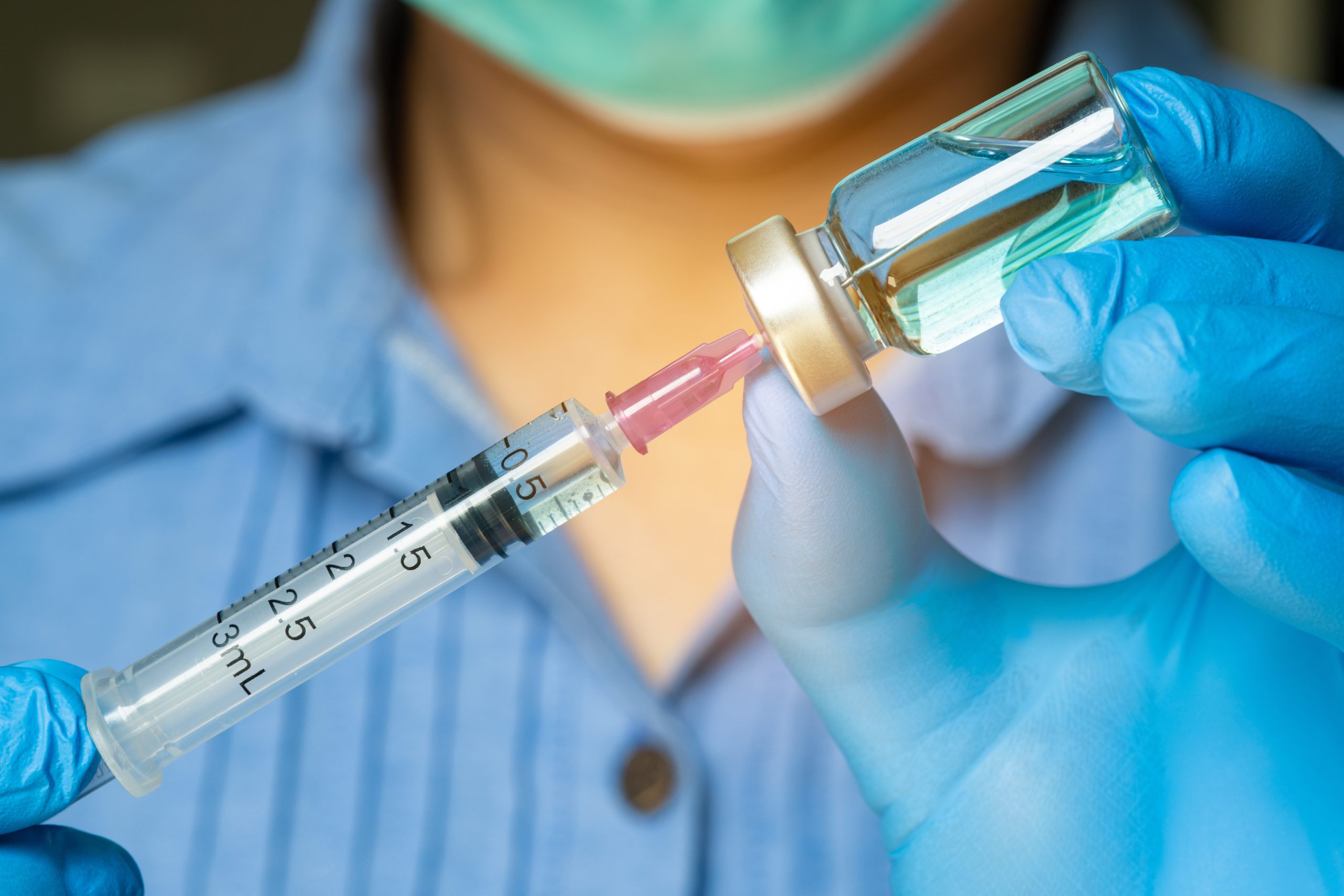Scientists have managed to coax damaged mouse brains back to life with stem cell transplants, a finding that could rewrite the fate of stroke survivors and upend everything we thought we knew about brain recovery.
Story Snapshot
- Stem cell transplants restored brain function and repaired blood vessels in mice after stroke.
- This breakthrough hints at a future where stroke damage is reversible, not permanent.
- Long-term studies and human trials are on the horizon, with researchers cautiously optimistic.
- The research could revolutionize stroke treatment, moving the field from crisis intervention to true regeneration.
Stem Cell Transplants Breathe New Life Into Damaged Brains
Zurich researchers transplanted neural stem cells into the brains of mice that had suffered strokes, watching as the cells not only survived but actively repaired damaged tissue. Mice regained lost motor skills, blood vessels regenerated, and, for the first time, scientists observed the seamless integration of new neurons into the existing brain network. This is not just a patch—it’s real biological renewal, stirring hope in a field where recovery has long meant compromise.
Successful brain repair in mice forces scientists and clinicians to question decades of stroke dogma. Conventional wisdom dictated that once a brain cell died, it was gone for good—stroke survivors faced a lifetime of deficits, and rehabilitation was about making the most of what remained. These stem cell experiments show that the brain’s machinery for recovery is far more robust than previously believed if given the right jumpstart, opening doors to therapies previously considered science fiction.
From Lab Bench to Hospital Bed: The Road Ahead
The Zurich team is not content to rest on animal successes. Their next steps include painstakingly tracking the transplanted cells over the long haul to make sure they remain safe, stable, and beneficial. Human trials are being planned, but the process is methodical and cautious. Stroke is a complex beast in people, and experts caution that what works in mice may not translate perfectly to human brains. Still, the unprecedented results in animal models have moved the needle from “if” to “when” for clinical application.
American conservative values often emphasize practical results, personal responsibility, and innovation that delivers tangible benefits. In that light, a therapy that could reduce dependence, restore livelihoods, and lower long-term care costs aligns perfectly with these principles. However, safety, ethical considerations, and cost-effectiveness will be scrutinized before such treatments can become mainstream. Skeptics point out that neural grafts in the past have faced hurdles—immune rejection, uncontrolled growth, and uncertain longevity. The Zurich group’s rigorous, stepwise approach aims to anticipate and resolve these issues before moving into wider use.
Why This Breakthrough Changes Everything for Stroke Survivors
Stroke devastates millions globally, often robbing individuals of independence and straining families for decades. Current treatments focus on the first few hours after a stroke, with little to offer patients once that window closes. The promise of stem cell therapy is a radical shift: regeneration instead of resignation, a second chance for neurons long written off as lost. This is not just a scientific advance but a potential social and economic game changer, promising improved quality of life and relief for overburdened healthcare systems.
Questions remain about the limits of recovery, the best types of stem cells to use, and the need for lifelong monitoring. But the consensus among researchers is that the paradigm has shifted. If these therapies succeed in humans, stroke care could move from managing decline to restoring function, a transformation that will resonate across medical, economic, and policy arenas. For now, stroke survivors and their families have something new—real hope fueled by science, not just sentiment.











